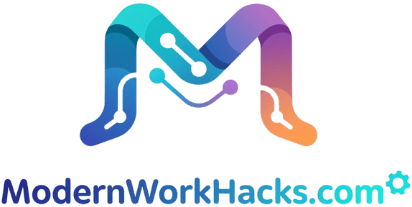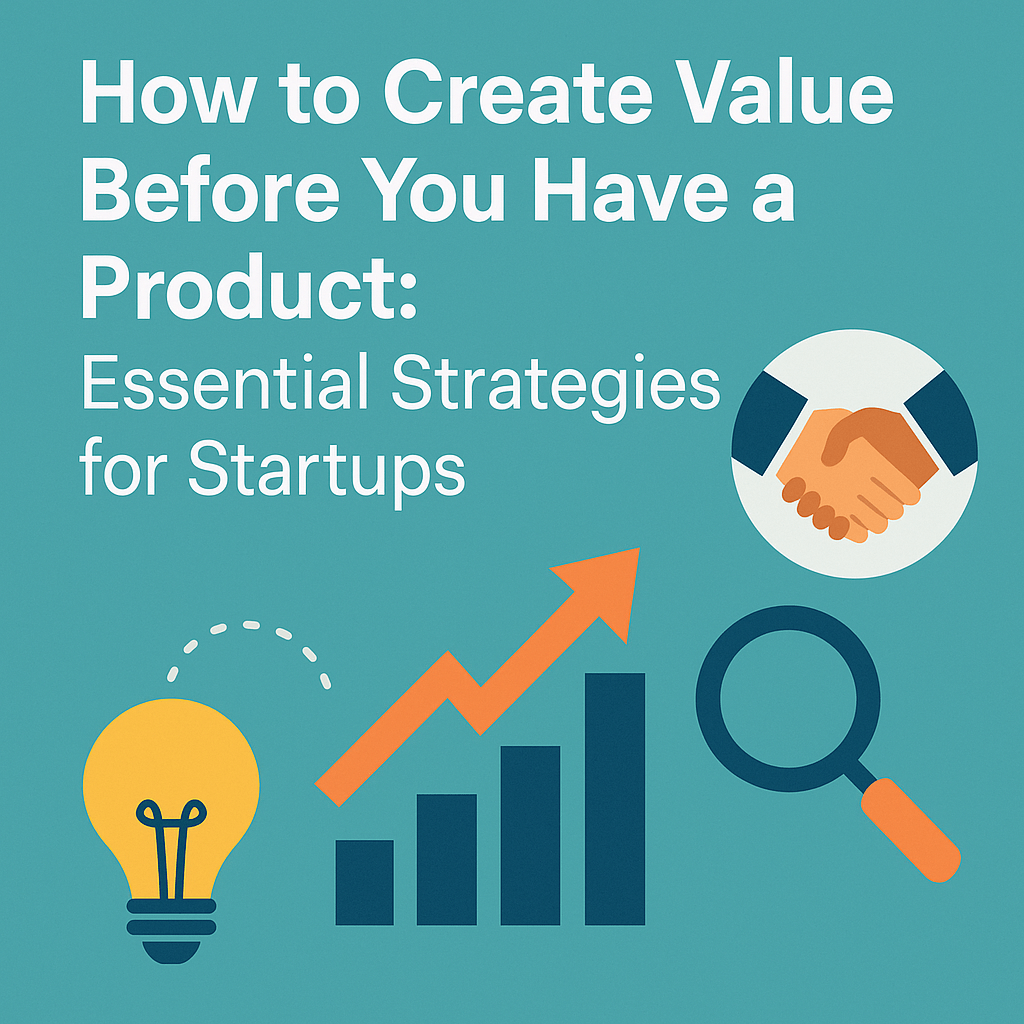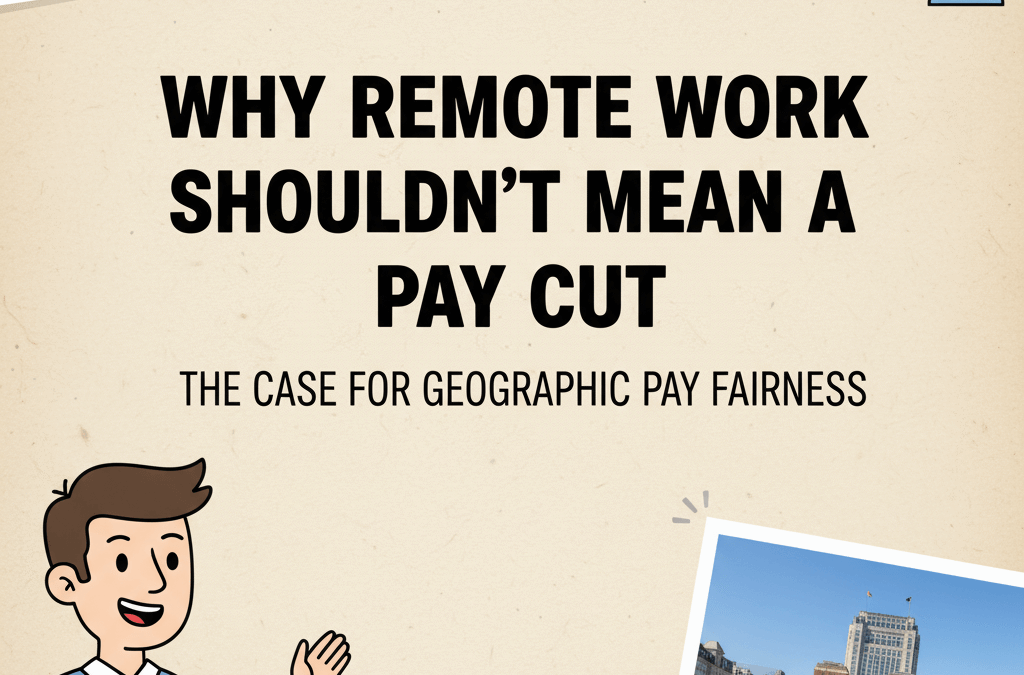Most founders track revenue and growth. The smart ones watch their runway. But there’s a crucial number that even experienced entrepreneurs ignore—and it might be the most important metric of all.
I’m talking about your productivity multiple.
This isn’t just another business metric. It’s the difference between building a company that burns you out and creating one that generates wealth while giving you your life back.
The Million-Dollar Math Most Founders Overlook
Think about how much time you spend working in your business versus working on it. For most entrepreneurs, the ratio is completely upside down.
Here’s the brutal truth: If you’re spending 80% of your time doing $25/hour tasks, you’re effectively capping your company’s growth potential. No matter how hard you work, you’ll never break through to the next level.
The productivity multiple measures how effectively you’re leveraging your time. It’s simple: the value you create divided by the hours you work. And it should be growing consistently.
But here’s what happens instead: as businesses grow, founders get trapped handling customer service issues, managing team conflicts, and doing operational tasks that should be delegated. They become expensive administrators rather than visionary leaders.
A $10 million company requires a founder focused on $1,000/hour activities, not $50/hour busywork.
The Real Cost of Low-Value Work
When you spend your days on tasks that don’t directly drive growth, you’re not just wasting time—you’re actively preventing your business from scaling.
Consider this: if your company generates $1 million in revenue with you working 60 hours a week, your productivity multiple is about $320 per hour. Not bad.
But a founder whose company generates $5 million while they work just 30 hours a week has a productivity multiple of $3,200 per hour—10x higher.
The difference isn’t just working harder. It’s working drastically smarter by focusing exclusively on high-leverage activities.
Signs Your Productivity Multiple Is Too Low
- You haven’t taken a real vacation in years
- You’re the bottleneck for most company decisions
- Revenue grows only when you work more hours
- You spend more time solving problems than pursuing opportunities
- Your calendar is filled with meetings you don’t need to attend
If three or more of these apply to you, you’re leaving significant money on the table—potentially millions over the lifetime of your business.
How Successful Founders Maximize Their Productivity Multiple
The most successful entrepreneurs I’ve studied all share one common trait: they’re relentless about increasing their productivity multiple year after year.
They understand that their primary job isn’t to work harder than everyone else, but to ensure each hour they work generates exponentially more value than the average employee.
Step 1: Identify Your Current Productivity Multiple
Calculate your company’s annual revenue and divide it by the number of hours you work per year. This gives you your baseline productivity multiple. For example:
- Annual revenue: $2,000,000
- Hours worked yearly: 2,500 (50 hours × 50 weeks)
- Current productivity multiple: $800/hour
This number might seem impressive compared to an hourly wage, but successful founders aim to increase this multiple by 50-100% year over year.
Step 2: Ruthlessly Eliminate Low-Value Activities
Make a list of everything you do in a typical week. Then assign a dollar value to each activity based on its impact on your business. Be brutally honest—many tasks founders cling to are actually worth far less than they think.
Tasks that should be delegated or eliminated:
- Routine email and correspondence
- Basic customer service issues
- Standard operations meetings
- Simple financial reviews
- Social media management
- Basic content creation
Your goal should be to eliminate at least 50% of your current activities through delegation, automation, or simply stopping them altogether.
Step 3: Double Down on High-Leverage Activities
Once you’ve cleared your plate of low-value work, reinvest that time into truly high-leverage activities that might include:
- Strategic partnerships that could double your business
- Developing new business models with higher margins
- Building relationships with key clients or investors
- Creating systems that scale without your involvement
- Recruiting exceptional talent who elevate the entire company
These activities might not feel urgent, but they’re the difference between linear and exponential growth.
The Psychological Barriers to Increasing Your Multiple
If this approach is so effective, why don’t more entrepreneurs implement it? The answer lies in psychology rather than strategy.
Most founders face three major mental blocks:
1. The Identity Trap
Many entrepreneurs define themselves by being involved in every aspect of their business. Their identity is wrapped up in being the hardest worker, the problem solver, or the person who knows everything that’s happening.
Letting go feels like losing control or admitting others can do parts of your job as well as you can. But the most successful founders redefine their identity around being force multipliers rather than doers.
2. The Urgency Addiction
There’s a dopamine hit that comes from solving immediate problems. It feels productive to put out fires and handle the day’s emergencies.
By contrast, high-leverage work often doesn’t provide immediate gratification. Building systems or developing strategy might not show results for months. This delayed reward makes it harder to prioritize these activities, even though they’re ultimately more valuable.
3. The Perfectionism Problem
Many founders believe no one can do certain tasks as well as they can. This might be true initially, but it creates a ceiling on growth.
The reality is that 80% perfect execution by someone else is infinitely better than tasks sitting in your backlog because you don’t have time to do them perfectly.
Progress requires releasing the need to control everything and embracing “good enough” from your team so you can focus on “exceptional” in your zone of genius.
Real-World Impact: Case Studies in Productivity Multiples
From Burnout to Balance: Sarah’s Software Company
Sarah ran a SaaS company generating $3 million annually but worked 70+ hours weekly handling everything from sales calls to customer onboarding. Her productivity multiple was around $820/hour—respectable but unsustainable.
After calculating her multiple, Sarah hired a customer success manager and sales director, even though it felt “too expensive” at the time. She also stopped personally onboarding new clients and implemented better systems.
Within 18 months, revenue increased to $5.2 million while Sarah’s work week decreased to 40 hours. Her new productivity multiple: $2,500/hour—a 3x improvement. The company was more profitable despite the added payroll because Sarah could focus on strategic partnerships and product improvements.
The Reluctant Delegator: Michael’s Manufacturing Business
Michael’s manufacturing company had plateaued at $7 million in revenue. Despite having 42 employees, Michael insisted on approving all purchasing decisions, reviewing every customer complaint, and personally managing key vendor relationships.
After tracking his time for two weeks, Michael discovered he was spending 68% of his hours on activities that could be handled by a $60,000/year operations manager. By hiring for this role and creating clear decision-making frameworks, Michael freed up 30 hours weekly.
He used this time to develop new product lines and explore international markets—initiatives that had been on the back burner for years. Within 24 months, the company reached $12 million in revenue with significantly higher margins.
How to Start Increasing Your Productivity Multiple Today
You don’t need to overhaul your entire business at once. Start with these three steps:
1. Track Ruthlessly
For the next two weeks, document everything you do in 30-minute increments. Be specific about the tasks, not just general categories like “emails.” This baseline will reveal where your time is actually going, not where you think it’s going.
2. Delegate One Thing Weekly
Identify one task each week that someone else could handle at 80% of your capability. Document the process, train someone, and force yourself to let go. Start with lower-stakes responsibilities to build your delegation muscle.
3. Schedule High-Leverage Time
Block at least 4 hours weekly specifically for activities that could significantly move the needle for your business. Treat this time as sacred—no interruptions, no exceptions. If you don’t know what these activities are, that’s your first high-leverage task to figure out.
The Ultimate Freedom Metric
Your productivity multiple isn’t just about making more money—though that’s certainly a benefit. It’s ultimately about freedom and impact.
When you consistently increase your productivity multiple, you create a business that:
- Grows without demanding more of your time
- Operates smoothly even when you’re not available
- Generates wealth beyond your personal hourly capacity
- Allows you to focus on what truly matters, both professionally and personally
The entrepreneurs who master this concept don’t just build bigger companies—they build better lives. They create value that extends far beyond what they could accomplish through their direct efforts alone.
And in that transformation from doer to multiplier lies the true promise of entrepreneurship: not just working for yourself, but creating systems that work for you.
What’s your productivity multiple today? And more importantly, what will it be a year from now?
Real Stories Behind This Advice
We’ve gathered honest experiences from working professionals to bring you strategies that work in practice, not just theory.
- Read more: Get the full details in the original article
- Join in: See what others are saying and share your thoughts in the Reddit discussion
- Tell your story: Have experience with this? Help others by sharing what worked for you at our Contact Us page
At ModernWorkHacks, it’s practical ideas from real people.









0 Comments